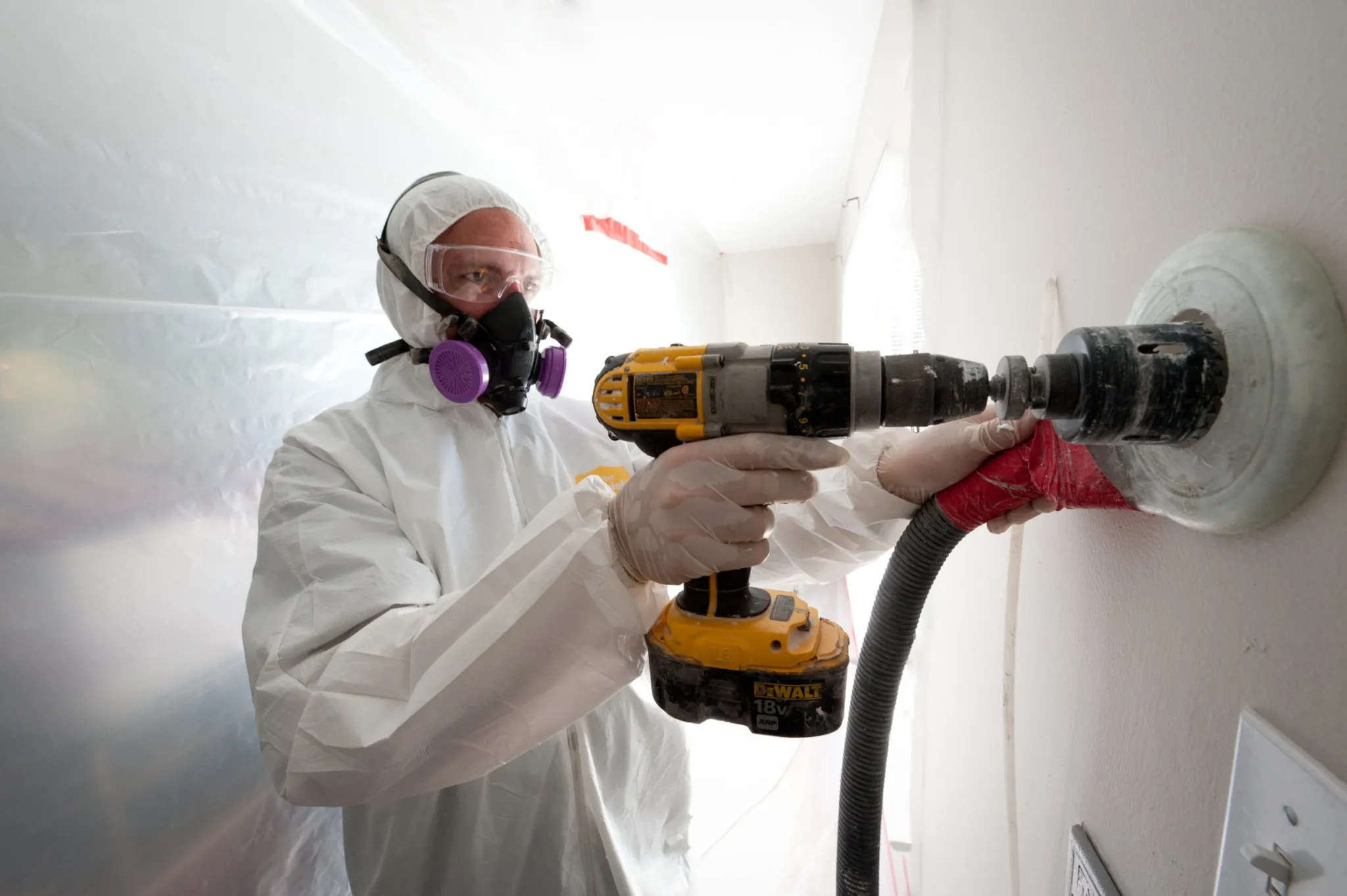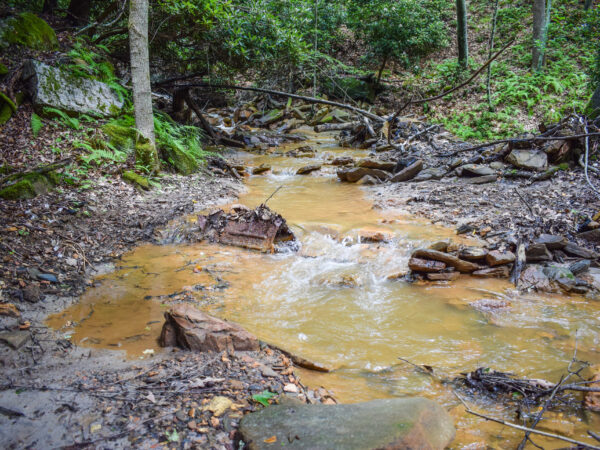
By Frank Jossi, Energy News Network
This story was first published on the Energy News Network and was republished here with permission.
A lack of state funding to help Minnesota homeowners clean up mold, asbestos and other hazards is limiting the reach of federal weatherization programs in the state, preventing some of those most in need from accessing benefits.
Nearly half of homeowners who seek help from federal weatherization programs in the state are denied because the work cannot be completed before other “pre-weatherization” problems are addressed — costs not covered by the programs.
A suburban state lawmaker’s bill aims to address the problem by providing $60 million in state weatherization funds over the next three years, nearly doubling the total funding and also offering crucial flexibility to pay for pre-weatherization work that the federal dollars won’t cover.
Apple Valley State Rep. Robert Bierman, a Democrat, said that while some Republicans have raised objections, his bill would benefit constituents in every county. “It’s for the benefit of their citizens and their communities,” Bierman said. “It’s a workforce issue and an economic issue. It’s good for grid resiliency and the planet.”
A study released this year by the Minnesota Department of Commerce reported that Minnesota used $22 million in federal dollars to weatherize slightly more than 1,900 homes in 2019. At that rate, it would take nearly three centuries to complete all Minnesota houses eligible for the program, the report said.
The Department of Energy’s Weatherization Assistance Program provides more than half of the $22 million in weatherization money, with $7.7 million coming from the Department of Health and Human Services’ Low Income Home Energy Assistance Program. The state’s Conservation Improvement Program and a handful of other programs added $3.1 million in 2019.
The state distributes federal money to 23 local service providers who offer weatherization services — defined as insulation, ventilation, air sealing, and mechanical systems repair or replacement. About two-thirds of the funds go to providers in Greater Minnesota, with the rest being spent in the Twin Cities.
University of Minnesota professors Gabe Chan and Elise Harrington compared Minnesota’s weatherization program to 20 other states based on proximity and other factors. The research found that six states surveyed had dedicated state funding sources that allow them to stretch the impact of the federal programs. Wisconsin, for example, charges utility customers a small monthly fee that raises $50 million annually for weatherization programs. With roughly the same population as Minnesota, Wisconsin weatherizes three times as many homes with a budget of $76 million.
Vermont uses a fuel tax to bring in $7 million annually to help residents pay for pre-weatherization work. New York leverages a Medicaid payment system to encourage more pre-and-weatherization across the state.
“We found some states that are integrating all of those [funding sources] together, and some like Minnesota that have them in separate buckets,” Chan said.
A dedicated source of state funding for weatherization would also help provide stability for contractors amid the ebb and flow of federal dollars, Chan said. An Obama-era economic recovery program provided a surge of federal money for weatherization. A few years later when the funding stopped, contractors had to lay off employees.
Jed Norgaarden, executive director of the Minneapolis Sustainable Resources Center, Inc., manages more than 450 deep energy retrofits annually and another roughly 300 lighter efficiency projects. As the leader of one of the state’s largest weatherization providers, Norgaarden said state money would be helpful.
“I believe the state should be devoting resources to a long-term, thoughtful and measured ramp-up of low-income weatherization that can ride on the back of the federal program,” Norgaarden said. “There is no other program like low-income weatherization because in addition to reducing energy burden, it generates [other] benefits that address equity, climate change, health and community resilience.”
From an equity perspective, low-income weatherization is seen as critical for offsetting rising utility costs related to the clean energy transition. The potential benefits are considerable: An average homeowner saves $280 annually after weatherization and lives in a healthier home, according to government research. Retrofits reduce heating costs by 18% and electricity use by 7%.
In Minnesota, low-income households spend more of their income on energy than other residents. According to the Commerce Department, energy costs equal about 8% of their income, compared to 2% for all residents.
The Minnesota House bill would focus on pre-weatherization and make a small amount, 10% or less, available for worker training initiatives. Bierman said the commerce department would have until the end of 2026 to spend the general fund money before the Legislature would have to renew it.
Minnesota’s 2021 Energy Conservation and Optimization (ECO) Act will add money to utility programs for pre-weatherization and weatherization. Xcel Energy, for example, will increase a low-income electric efficiency budget by $7 million and the gas budget by $2.8 million, Chan’s study reported.
The issue goes beyond funding, too. Mari Ojeda, senior policy associate for energy access and equity at Fresh Energy (which publishes the Energy News Network), served on the weatherization task force and heard several suggestions to improve the program. One involved using state funds to help low-income affordable multifamily property owners pay their share of weatherization projects. The other was better communication about weatherization.
“We saw a need for targeted outreach, partnerships with local neighborhood organizations and local governments about getting the word out and being culturally appropriate, depending on geography and population,” she said.
State Rep. Jamie Long, a Minneapolis Democrat who leads the House Climate and Energy Finance and Policy Committee, supports the measure and has not seen pushback. “I’m hopeful it could be a bipartisan area that we all believe is a great program that we need to be more than we’re doing now in the state,” he said.
A companion bill is expected to be introduced in the Senate.
Catch more news at Great Lakes Now:
Michigan Legislature approves $4.8B infrastructure plan
Featured image: A weatherization worker drills holes to blow cellulose insulation in the interior walls of a home. Credit: Dennis Schroeder / NREL




